-
Entries: Multiple
-
Maximum Stay: 180 Days
-
Validity: 1 Year
-
Travel Purpose: Tourism
Indian eVisa Options for Your Journey
Select the visa type that best fits your travel plans to India.
-
Entries: Double
-
Maximum Stay: 30 Days
-
Validity: 30 days
-
Travel Purpose: Tourism
-
Entries: Multiple
-
Maximum Stay: 180 Days
-
Validity: 1 Year
-
Travel Purpose: Tourism
-
Entries: Multiple
-
Maximum Stay: 180 Days
-
Validity: 5 Years
-
Travel Purpose: Tourism
Why Choose Visament for Your Indian eVisa?
India’s Trusted Platform for Reliable indian e-Visa Services
High Approval Rate
We provide fast approvals on Indian e-Visa applications as our experts help in submitting the forms with zero errors.
Cost-Effective
Our services are proven to be affordable and cost-effective. You can get a whole bundle of services at the price of one.
Real-Time Updates
We believe in transparency with our clients. Get all the updates regarding your application from the website and via email.
Personalized Guidance
We provide tailored services according to your needs. You will also get personalized consultations from our experts.
Indian Visa for Other Nationalities
Select your country to start your Indian e-Visa application online.
Fast Approvals on Indian e-Visa with our Experts
Our dedicated indian visa experts reviews your details and information, fixes the gaps, and submits a compliant application, along with 24/7 customer support.
- Entries: Multiple
- Maximum Stay: 180 Days
- Validity: 1 Year
- Travel Purpose: Tourism
Know What Our Customers are Saying About Our Indian E-Visa Services
Check our client reviews to clear all the doubts you might have about our e-Visa services.
Frequently Asked Questions
know clear answers to all your Indian e-Visa service questions.
You can stay in India for up to 180 days. You can extend your stay by using the long-stay visa options. Contact the nearest Indian consulate or Embassy for more information on how to extend your stay.
Under the specific conditions, you can get an entry on the visa on arrival and stay here within the period of its validity. The immigration officer can provide you with a double-entry Visa on Arrival, which is valid for up to 60 days.
To apply for the India e-Visa, you can visit the official e-Visa website. Fill the application form, upload the documents, pay the fees, and wait for the confirmation email. You can also use the Indian e-Visa services on Visament, as you can get expert help.
If you arrive in India without a visa, then your entry could be refused or you could even be deported. There could be a ban on your future entry into India.
Yes, a US citizen can get an e-visa for travel. They can apply for various purposes like Tourism, Medical, business, etc. You can apply either from the government’s official website or use the expert guidance from VIsament.
Diplomatic/Official Passport Holders or Laissez-passer travel document holders are not eligible for the Indian e-Visa. E-visas are also not available for those individuals who are endorsed on their spouse's/parent’s passport.
The Indian Visa fee for U.S. citizens is $160 for a 10-year tourist and business visa. The price of an e-visa is $25 for a 30-day, $40 for a 1-year, and $80 for a 5-year Indian e-tourist visa.
The main difference between the visas is related to their purposes. The entry visa is used for purposes like visiting family members or property owned by them, while the tourist visa is for recreation, leisure, and sightseeing.
Yes, your photo is required for the Indian tourist visa application. It should meet all the requirements, and it should be passport-sized.
The eligibility criteria for US citizens are that they need to fulfill all the document requirements, like a valid passport, at least two blank pages, and a digital recent photo.
The main documents which are needed for American tourists to apply Indian e-visa are a passport with at least six months of validity, a scanned copy of the passport’s first page, and a digital photo.
Insightful Blogs and Guides
Stay informed and empower yourself by engaging with our insightful blogs and comprehensive guides.
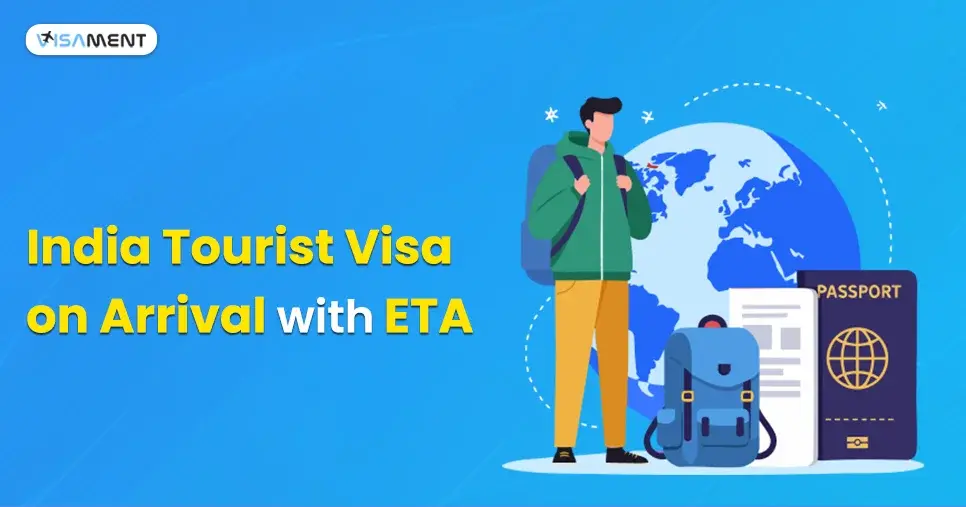
Tourist Visa on Arrival in India Powered With ETA
For all the international travellers who are planning to visit India, we have so ..
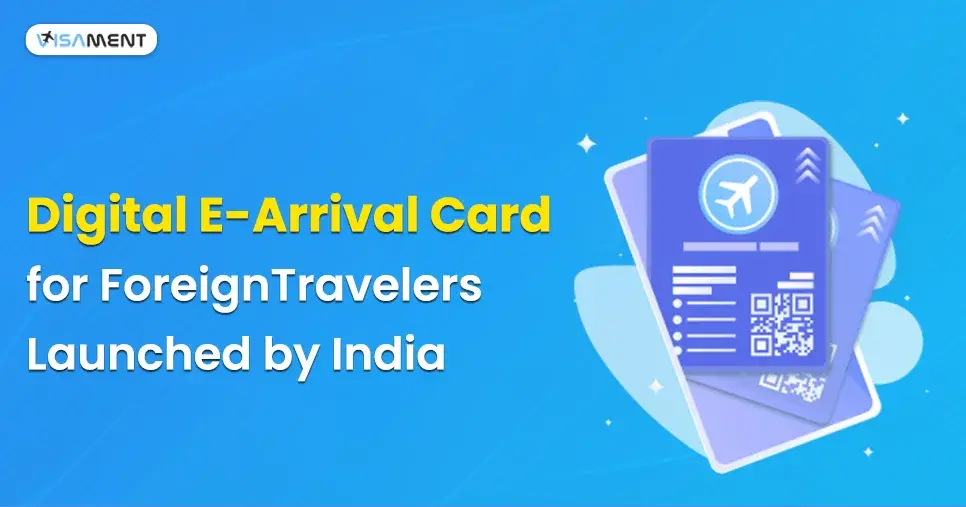
Digital E-Arrival Card for Foreign Travelers Launched by India
Every traveller has to fill out a disembarkation card before immigration, which ..
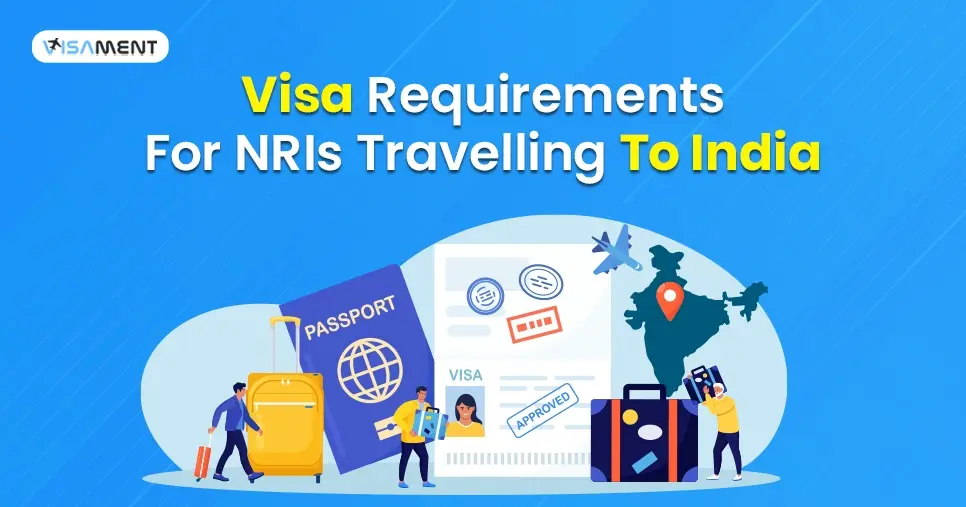
Visa Requirements For NRIs Travelling To India
Obtaining an Indian visa for NRIs traveling to India can be a complicated proces ..
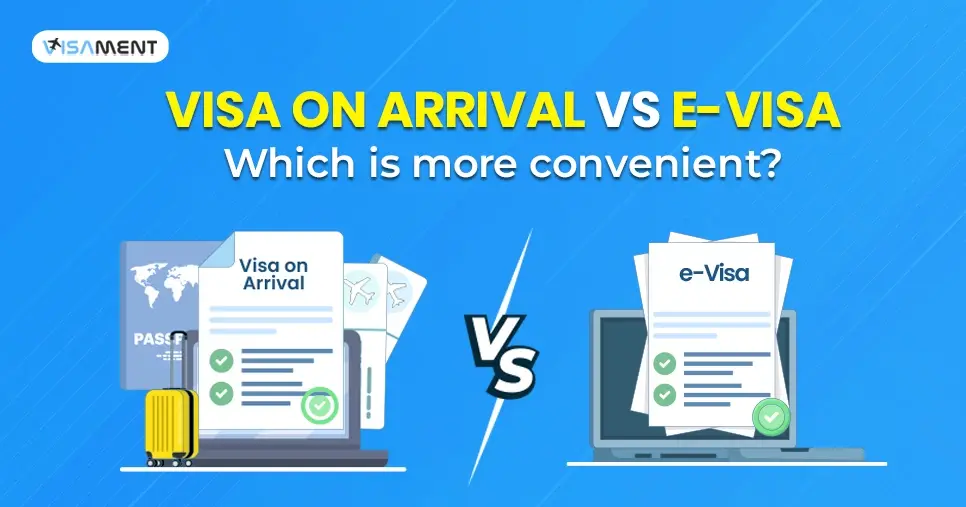
Visa On Arrival vs E-Visa: Which is More convenient?
If you are a traveller who is planning a trip, then you must know the importance ..
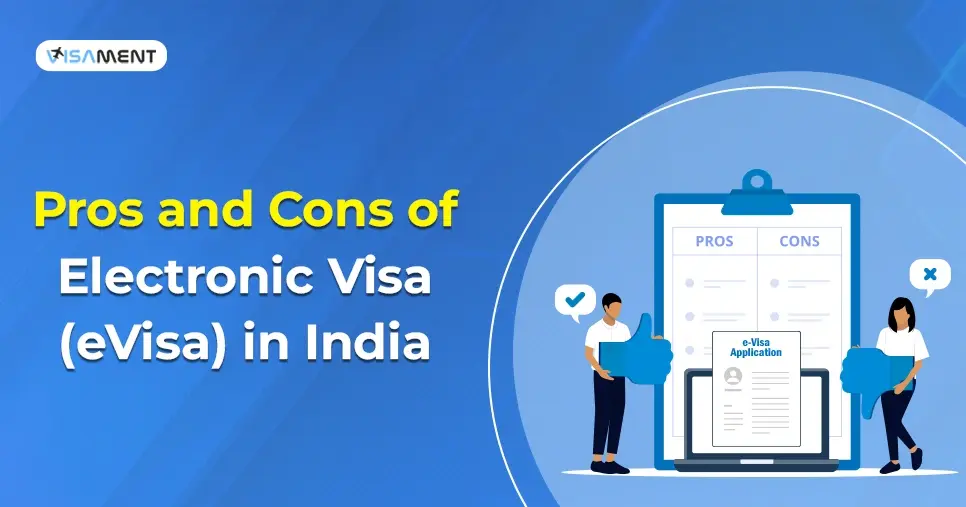
Pros and Cons of Electronic Visa (eVisa) in India
As we all know that with the boom of technology, travel is becoming more seamles ..

List of Airports and Seaports Authorized for Indian e-Visa Entry
As per the rules set by the Indian government, travelers can enter India only th ..